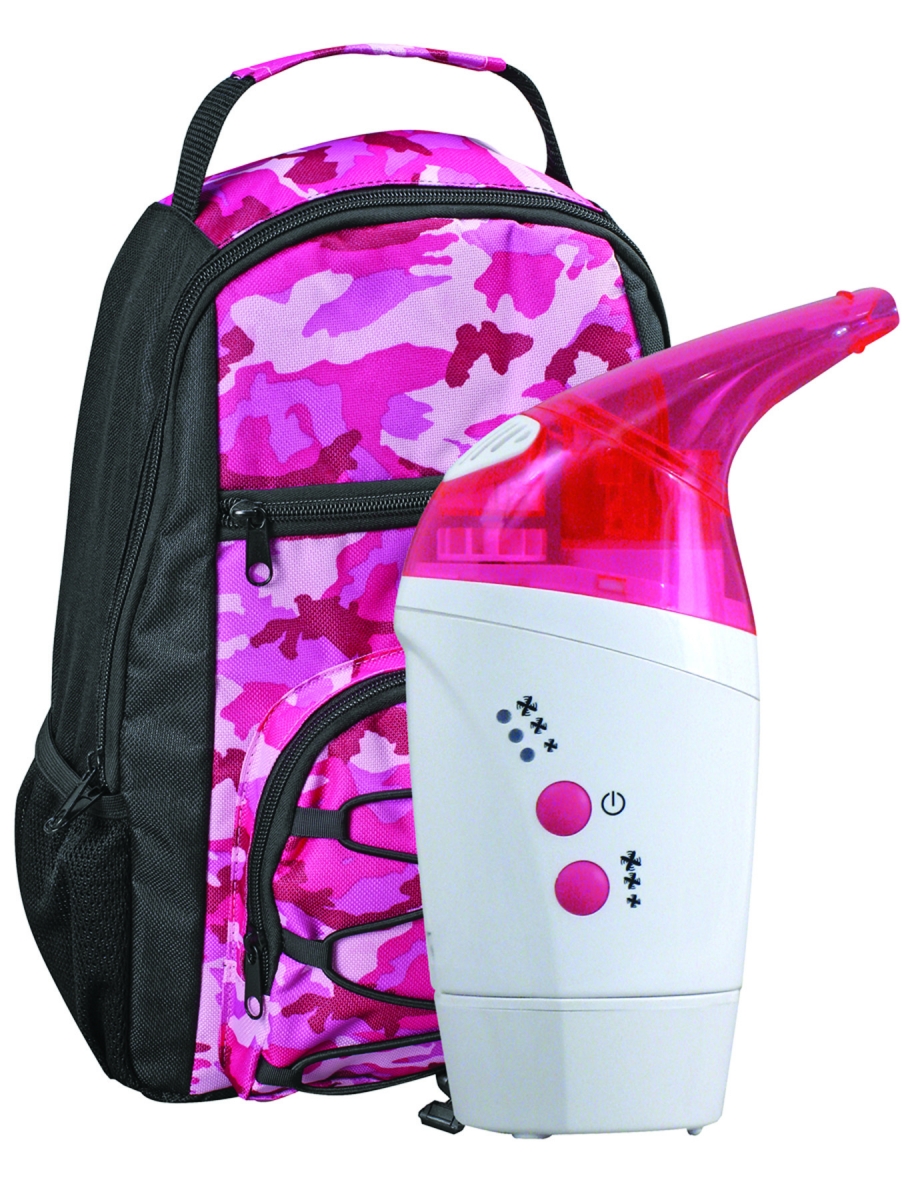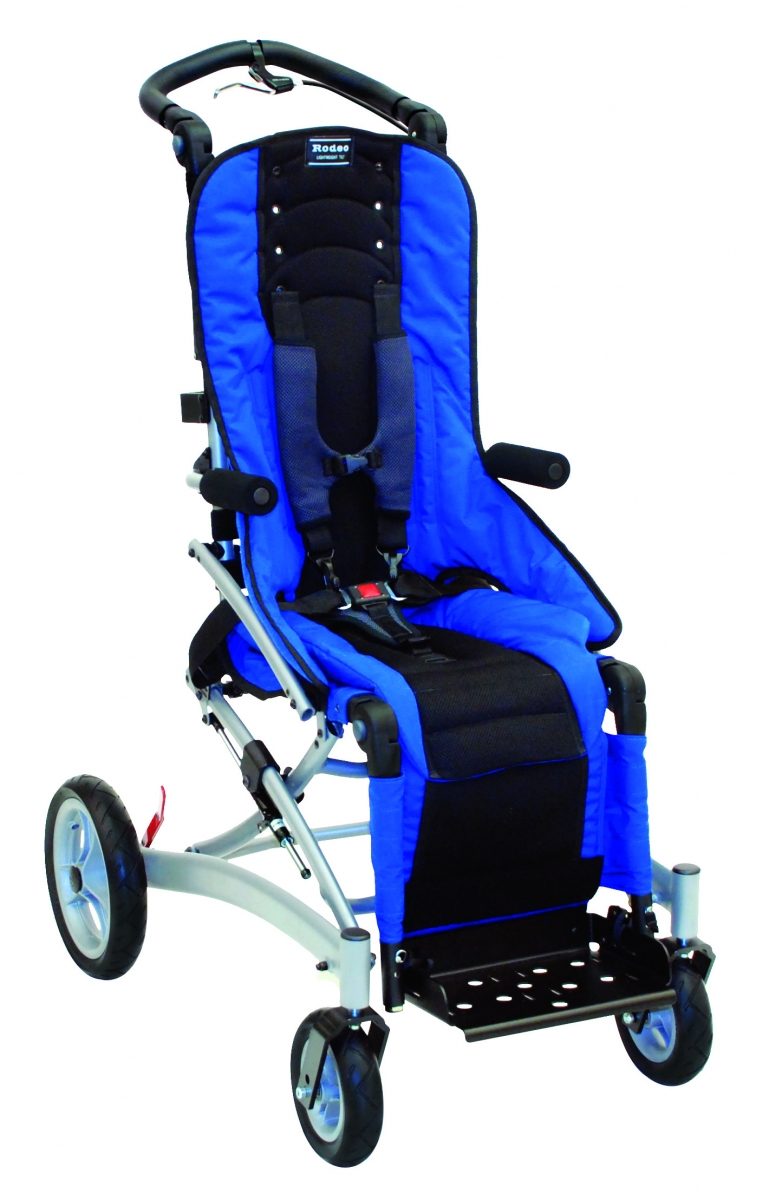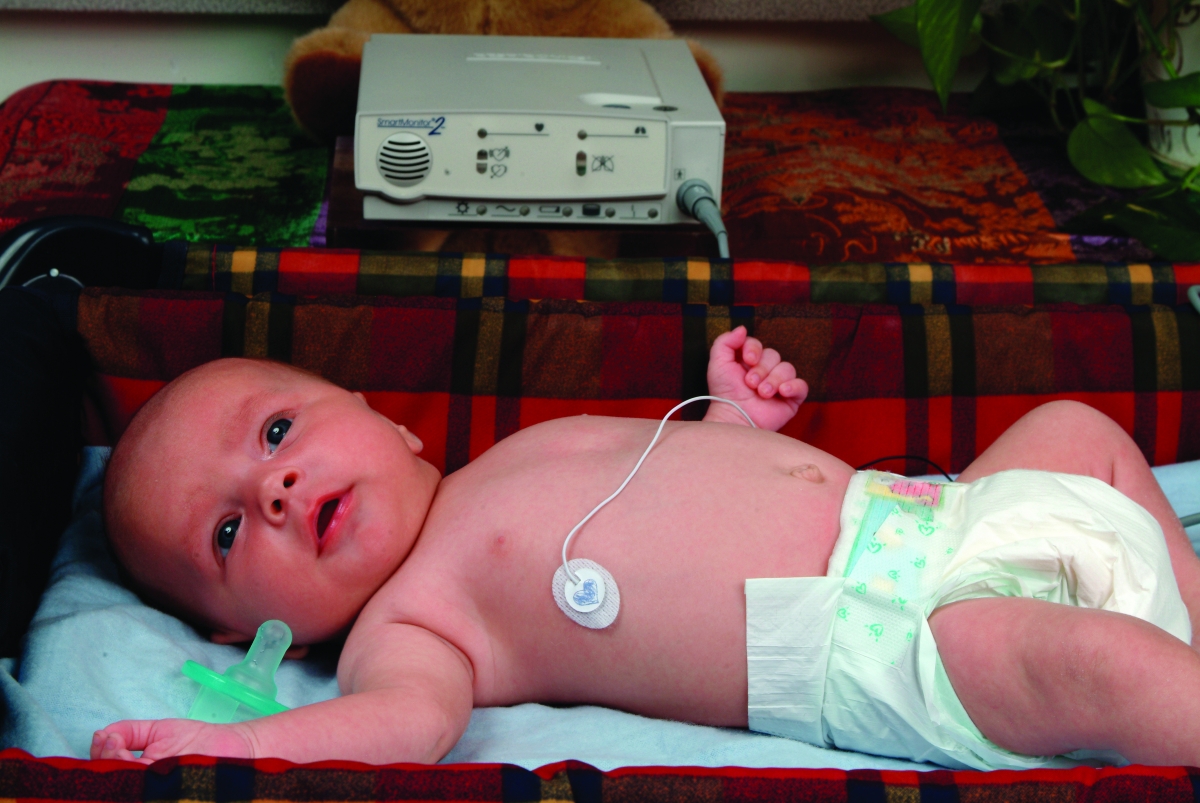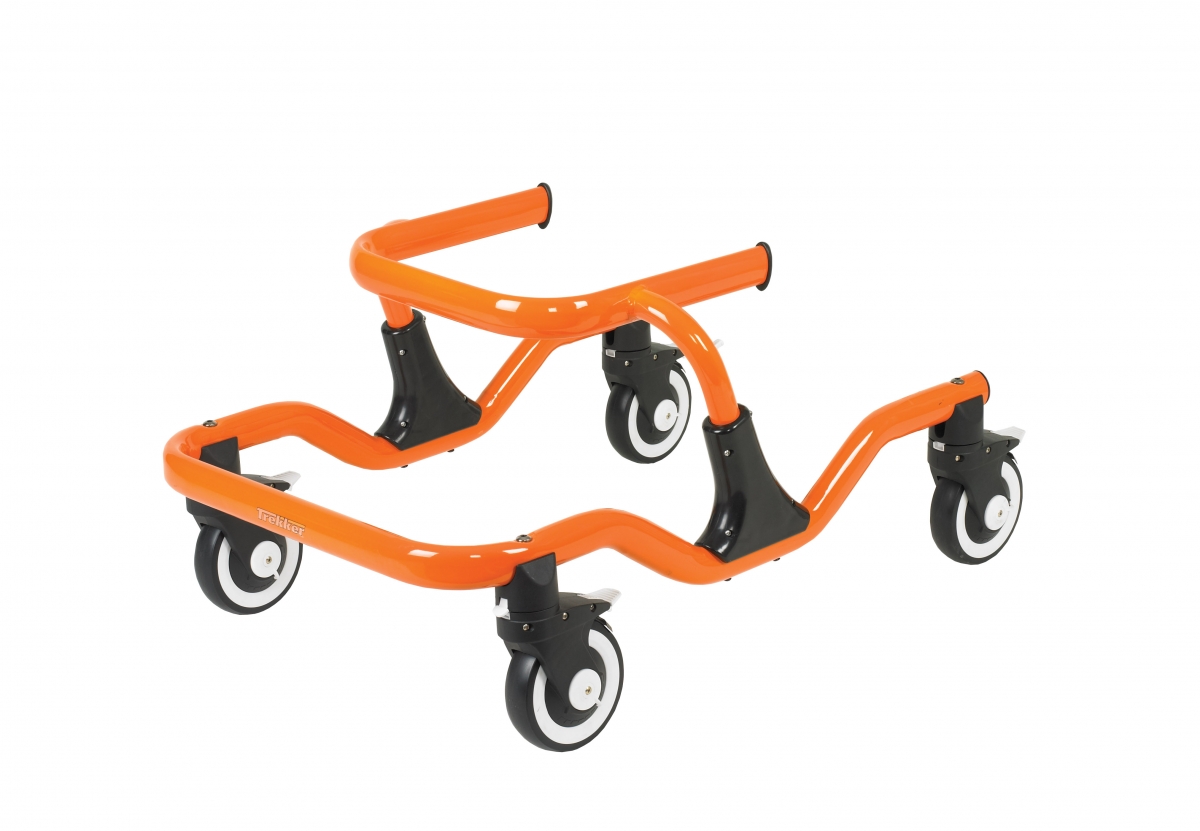Not so many years ago, children with certain serious conditions had little chance of survival. But technology and medicine have come a long way in the last two decades. Now, many medically complex children not only survive, but are able to be cared for at home and thus are able to manage chronic conditions more easily.
 “Technology has improved the survival of many children whose parents would have been told 15 or 25 years ago that it was a fatal condition,” said Dr. Roy Maynard, medical director of Pediatric Home Services, a company that provides in-house asthma services, infusion therapy, pharmacy services, clinical support services and private nursing services. “Now, a lot of children do survive, and while their conditions are not necessarily curative, they can learn to live with chronic conditions and function.”
“Technology has improved the survival of many children whose parents would have been told 15 or 25 years ago that it was a fatal condition,” said Dr. Roy Maynard, medical director of Pediatric Home Services, a company that provides in-house asthma services, infusion therapy, pharmacy services, clinical support services and private nursing services. “Now, a lot of children do survive, and while their conditions are not necessarily curative, they can learn to live with chronic conditions and function.”
Medically complex children account for many repeat hospital stays, according to the Journal of the American Medical Association. While their numbers are small, they do use an increasing amount of health care resources while in the hospital.
“Because of that, there is definitely a trend to get these kids out of the hospital sooner,’’ Maynard said. “Most families want to bring their child home quickly because it is a more nurturing environment. Homecare can be given at a fraction of the cost and can even decrease repeat hospital stays.”
 This growing trend — sometimes called outpatient ICU, depending on the child’s condition — is an important engine that powers the ever-growing pediatric home medical equipment industry. Whether prompted by market, consumer or insurer demands, the pediatric home health industry is geared more and more towards manufacturing quality, user-friendly, yet cost-effective products that help parents care for their children at home.
This growing trend — sometimes called outpatient ICU, depending on the child’s condition — is an important engine that powers the ever-growing pediatric home medical equipment industry. Whether prompted by market, consumer or insurer demands, the pediatric home health industry is geared more and more towards manufacturing quality, user-friendly, yet cost-effective products that help parents care for their children at home.
Many companies also have a parent/caregiver education component that allows them to quickly learn how to confidently use the products and services.
 “Parents can get more involved in caring for their children, and we help with that transition,” said Bill Thompson, general manager of Philips Children’s Medical Ventures, a company that provides products and services for infants and children. “In fact, some of the newest products give parents visual cues as to what’s going on with their child, which can be sent to the homecare provider so the issue can be resolved quickly. We have a holistic approach, and our aim is to provide what will make the child better quicker.”
“Parents can get more involved in caring for their children, and we help with that transition,” said Bill Thompson, general manager of Philips Children’s Medical Ventures, a company that provides products and services for infants and children. “In fact, some of the newest products give parents visual cues as to what’s going on with their child, which can be sent to the homecare provider so the issue can be resolved quickly. We have a holistic approach, and our aim is to provide what will make the child better quicker.”
For example, babies who develop jaundice soon after birth are often taken back to the hospital for phototherapy, but now can receive that treatment in the home, Thompson said. “Our phototherapy product breaks down the bilirubin levels and eliminates the hospital visit. We also provide cardiorespiratory monitors for the home that help the doctor receive information on the spot and see the true issues affecting the child.”
User-friendly products do not even have to be high-tech. Responsive Respiratory, a company that provides oxygen regulators for the home care market, developed a simple rubber “gauge guard” for the regulator that easily identifies it as a pediatric oxygen regulator, which has a different flow rate than an adult regulator. “It is simple, but it saves time, saves money and cuts down on confusion and errors,” said Sara Lippold, marketing manager.
 While some companies have always manufactured pediatric products, the Food and Drug Administration is increasingly requiring products be made specifically for children rather than modifying adult products for them.
While some companies have always manufactured pediatric products, the Food and Drug Administration is increasingly requiring products be made specifically for children rather than modifying adult products for them.
ResMed Corp., a leading developer, manufacturer and distributor of medical equipment for sleep-disordered breathing and other respiratory disorders, makes the Pixi nasal mask, developed specifically for the treatment of obstructive sleep apnea in children aged 2 and older. The Pixi isn’t simply a scaled-down adult mask. “We made it easy to use, where the parent can face the child and adjust the mask,” said Elaine McGhee of ResMed. “And in the case of the mask, the child’s cheekbones are growing, so we don’t want to hinder that process.”
Biosculptor, a Florida company that provides specially-made cranial mold helmets for children from 3 to 18 months of age with abnormal head shapes and other cranial conditions, has continued its focus on that niche with the KinderBAND helmet. It actually became more in demand because of the increasing use of baby carriers, and a life-saving initiative against SIDS.
“In the 1990s, there was a push to put a child on his back to help prevent SIDS,” said Richard Hughes of Biosculptor. “That and the use of baby carriers tended to have a child move his head only one way, and so in some cases there is a need to use something to prevent a flat spot.”
The company uses noninvasive technology to scan the child’s head and manufacture a custom helmet, Hughes said. It also works with anthropologists to ensure a child’s head matches its ethnicity. “What is normal for a white child may not be for an Asian child. We also make custom helmets with the clinical understanding of what the child needs.”
While these products are money-savers and keep children at home, the benefits haven’t caught the full attention of the reimbursement side of the business, which often does not compensate as adequately for the cost of homecare-related equipment and services as it does for hospital stays, officials say.
“We are a private company, and each day we cannot take patients because the provider or reimbursement is simply not adequate for us to do so,” said Maynard of Pediatric Home Health Services. “Everyone is trying to cut corners, but at some point you cut too much and homecare cannot be provided. There will be more technological advances, meaning more children being cared for at home, and it must be financed.”
Michael Ruhs of Pediatric Home Health Services said the industry is attempting to convince the government that home health care for children is sensible in many ways. “We are trying to help our policymakers realize that home health care is a perfectly viable way of providing care, that it is much more of a nurturing environment for kids and that it is less expensive than a hospital stay,” Ruhs said. “Our focus is providing a safe environment with a plan of treatment that helps them thrive.”
Beyond that, it can be an uphill struggle sometimes to get homecare providers to even become involved in the pediatric market, but it is a good idea to do so, said Philips’ Thompson. “In the health care system, 80 percent of decisions are made by mom,” he says. “If the homecare provider establishes a relationship with that family early on, they will be more likely to call upon them again should they have a need. Families also are in the business of caring for older family members as well.”
Pediatric Mobility Products Strive for Flexibility, Affordability
Many payers, including some state Medicaid programs, are demanding that manufacturers provide a quality product that does more for less money.
So pediatric mobility products must fulfill many functions for as long as possible at the most affordable prices, says Chris Braun, president of Convaid, a leading manufacturer of pediatric manual and motorized wheelchairs.
“Some states still fund multiple chairs, but some do not. So we use technology to combine several products into one chair to make one that is light, can be transported well from home to school, yet provides the posture support that the child needs,” Braun said. “We look at ways to decrease our costs internally so that we can still provide a quality product.”
Pride Mobility, another leading maker of wheelchairs, has just introduced its Litestream Junior, which accepts a wide range of accessories and options making it highly adaptable and versatile. It is available in folding and rigid models.
Drive Medical’s Pediatric Division, Wenzelite Rehab, strives to keep prices low and quality high, company officials say. It’s new Trekker and the Nimbo gait trainers are good examples of products that are made to be tough, flexible and adjustable so they can grow with a child.
HomeCare, January 2012
